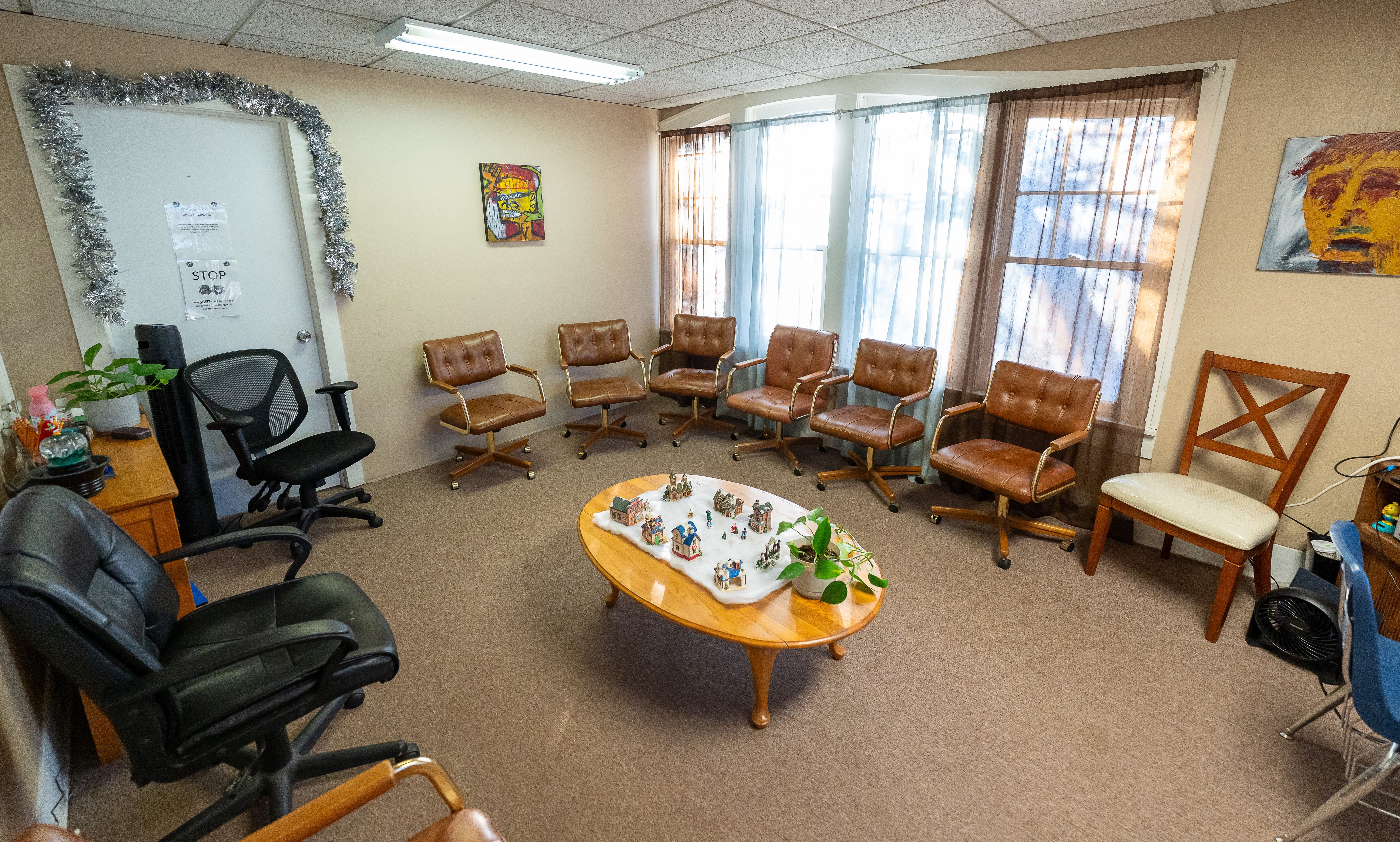
101 ways we help facilitate your recovery
These 101 ways represent our fundamental approach in caring for you at the Caring Center. This list is based on 101 Ways to Facilitate Recovery published by Monika Eichler on March 20, 2009 for the University of Kansas School of Social Work. The difference between the original 2009 list of ways and our list here is that we modified the list replacing “consumer” with “patient.”
We chose this change because it better reflects our patient-centered approach. Wherever you are in your recovery, that’s where we’ll meet.
In addition, these “101 ways” represent the many different roads and types of support available to you in your recovery — as there were paths to your drug and alcohol dependency. It also offers ways parents, friends, and coworkers can help people in recovery — even strangers.
Over time we will highlight each of the 101 ways we support you in your recovery. In the search bar, type “101 ways” to pull up all the related posts.
Positive Sense of Self
1. Honor each patient’s uniqueness
3. Raise awareness of internalized stigma
4. Address stigma inside and outside the program
5. Personalize treatment goals and plans
6. Help patients explore their strengths
7. Challenge “us-them” mentality
8. Treat no patient like a diagnosis
Hope
9. Support recovery role models
10. Share positive information on prognosis
11. Radiate enthusiasm and hope
12. Educate on long-term outcome research
13. Provide recovery autobiographies
14. Peer providers share recovery stories
15. Recovering patients train staff
16. Patients work at all levels of the agency
17. Patient Speaker’s Bureau shares hope
18. Help patients learn positive self-talk
Meaning & Purpose
19. Assist patient to set meaningful goals
20. Honor patient preferences
21. Offer real choices and options
22. Help patient understand their experiences
23. Opportunities for patient to “give back” to peers
24. Help patients define personal and spiritual values
25. Encourage patient to set short-term goals
26. Encourage patient to risk and grow
27. Help patient visualize long-term goals
28. Appreciate each patient’s potential
29. Encourage “survivors’ pride”
Active Consumerism
30. Encourage patient to self-direct their recovery
31. Work in partnership with patients
32. Promote and nurture mutual self-help
33. Fund patient-run programs
34. Hire patient affairs officer
35. Patient’s voice shapes programs and systems
36. Train, hire, and support patient providers
37. Support patient advocacy and consumer rights
38. Provide opportunities for peer support
39. Develop a library of recovery resources
40. Empowerment pervades the program
Wellness
41. Teach self-soothing
42. Assist patient to develop wellness plans
43. Educate on diet, supplements, and nutrition
44. Link to primary health and dental care
45. Adopt holistic mind/body perspective
46. Educate patients on risk behavior
47. Help patient heal from sexual and physical abuse
48. Help patient to devise a positive lifestyle
49. Provide dual diagnosis supports
50. Help patient find joyous exercise
Self-Care
51. Teach patient to self-monitor stress
52. Assist patient to develop personal coping skills/tools
53. Teach patient to self-manage medications
54. Teach relaxation and stress reduction
55. Teach patient to self-monitor symptoms
56. Help patient identify early warning signs/triggers
57. Teach patient to self-control symptoms
58. Teach cognitive strategies
59. Enlist informal social support
60. Help patients create advance directives
61. Offer patient-run crisis alternatives
62. Be there when patients are struggling
63. Support and respect those not yet in recovery
64. Help patient learn from setbacks
65. Run recovery psycho-education groups
66. Celebrate diversity in recovery
A Place in the Community
67. Assist patient to acquire affordable housing
68. Help patient personalize their home
69. Encourage community exploration/integration
70. Encourage informal community resources and supports
71. Identify options for transportation
72. Link patient to community events
73. Heighten community access/challenge discrimination
74. Help patient to become involved citizens (e.g., voting)
75. Offer supported volunteering
76. Create empowering niches – patient-run centers
77. Emphasize social integration in work/housing
78. Offer supported education
Social Relationships
79. Offer supported parenting training
80. Encourage membership in community groups
81. Support success in intimate relationships
82. Address sexuality/family planning
83. Encourage patient to balance solitude and relationship
84. Help patients deepen family support
85. Encourage patient to enlist a recovery support team
86. Help patient to have pets
87. Support patient to develop new friendships
88. Be fully present, authentic, and caring
89. Reach out, support those who are discouraged
Meaningful Activity
90. Inspire creativity
91. Showcase patient’s talents
92. Offer supported employment, including high level jobs
93. Help patient request reasonable accommodations
94. Help patient build upon interests/accomplishments
95. Encourage recovery readiness
96. Dismantle boring programs
97. Support spirituality/spiritual community
98. Help patients increase assets (barter, self-employ)
99. Tailor activities to unique individuals
100. Celebrate small successes–big and small
101. Help patients feel powerful and respected
